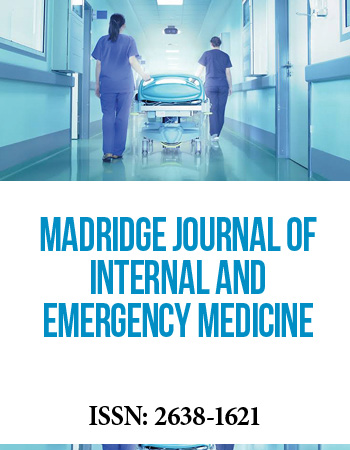International Translational and Regenerative Medicine Conference
April 25-27, 2018 | Rome, Italy
Development of Epoxy-Tigliane Pharmaceuticals as Novel Therapeutics for Impaired Wound Re-Epithelialisation in Skin
1Cardiff Institute of Tissue Engineering & Repair (CITER), Cardiff University, UK
2Drug Discovery/Cancer Drug Mechanisms Group, QIMR Berghofer Medical Research Institute, Australia
3QBiotics Ltd., Australia
4Welsh Kidney Research Unit, Cardiff Institute of Tissue Engineering & Repair (CITER), Cardiff University, UK
Dysfunctional wound repair can cause significantly delayed re-epithelialization, leading to non-healing chronic wounds and burns. Management of chronic wounds and burns, poses significant challenges to Healthcare Services worldwide confounded by acceptance that existing therapies are largely unsatisfactory. We are addressing such inadequacies, by evaluating the novel healing properties of epoxy-tigliane compounds, EBC-46 and EBC-211, isolated from seeds of the Fontainʼs Blushwood Tree indigenous to Queenslandʼs tropical rainforest. Our industrial partner, QBiotics Ltd., is developing EBC-46 as an anti-cancer drug. In addition to its anti-cancer properties, EBC-46 stimulates exceptional healing following tumour destruction, manifested as enhanced wound re-epithelialisation, closure and minimal scarring. This work describes epoxy-tigliane effects on keratinocyte wound healing responses and their underlying mechanisms of action.
Immortalized human epidermal keratinocytes (HACATs) were treated with EBC-46 or EBC-211 (0-10µg/mL). Cell cycle progression/proliferation were assessed by FACS analysis and MTT assay. HACAT migration was assessed using in vitro scratch wounds/Time-Lapse Microscopy.Global gene expression changes induced by epoxy-tiglianes were quantified by Microarrays, with differentially expressed genes confirmed by protein level analysis. As epoxy-tiglianes mediate responses via classical protein kinase (PKC) activation, mechanistic studies were performed with BIM-1 (pan-PKC), Gö6976 (classical-PKC) and LY317615 (PKC-βI/PKC-βII) inhibitors. Western blotting confirmed phospho-PKC activation following epoxy-tigliane treatment.
Both epoxy-tiglianes induced significant HACAT cell cycle progression and proliferation at 0.001-10µg/mL.EBC-46 (0.001-0.1µg/mL) and EBC-211 (0.001-10µg/mL) also promoted significant HACAT scratch wound closure. Epoxy-tiglianes significantly up-regulated gene for keratins, positive cell cycle/proliferation regulatory factors and matrix metalloproteinases; and down-regulated genes for other keratins and numerous cytokines, growth factors and chemokines. Enhanced proliferative and migratory responses were significantly abrogated by BIM-1 and Gö6976, although LY317615 exhibited minimal inhibitory effects. PKC activation increased following epoxy-tigliane treatment.
Such findings explain the enhanced re-epithelialization responses in epoxy-tigliane-treated skin; and provide justification for their translational development as novel therapeutics for impaired wound re-epithelialisation.
Biography:
Dr. Ryan Moseley is a Reader in Tissue Repair and Director of the MSc Programme in Tissue Engineering at Cardiff University, UK. Dr. Moseleyʼs research focusses on the mechanisms underlying dermal and oral wound healing responses during health and disease; and the development of stem cell-, biomaterialand pharmaceutical-based strategies to address impaired healing in these tissues. Dr Moseley has been supported by funding bodies worldwide, including the MRC, NHMRC and Wellcome Trust, culminating in numerous published papers, filed patents with industrial partners in the dermal wound healing sector (Convatec, Systagenix Wound Management, Peplin/LEO Pharma, QBiotics); and many conference prizes.


